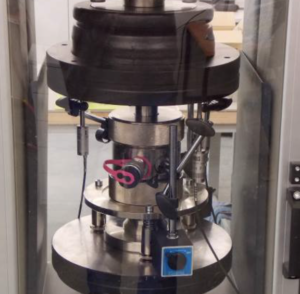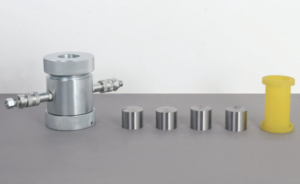Why Is the Triaxial Test Important?
The triaxial test is one of the most widely used geotechnical testing methods for evaluating soil strength, deformation, and stability. By applying controlled stress conditions, the test provides essential data for designing foundations, slopes, tunnels, and retaining walls. This article explores the importance of triaxial testing in engineering design, infrastructure safety, and predicting soil behavior.
Understanding Soil Strength and Stability
Soil strength1 determines whether a structure will remain stable under applied loads. The triaxial test measures two critical soil parameters:
- Cohesion2 ((c)) – The soil’s internal bonding force.
- Friction Angle3 ((\phi)) – The resistance to sliding between soil particles.
These parameters define the shear strength of soil using the Mohr-Coulomb failure criterion:
[\tau = c + \sigma \tan\phi]
where:
- (\tau) = shear stress,
- (\sigma) = normal stress.
Comparison: Soil Strength Parameters from Triaxial Testing
| Soil Type | Cohesion ((c)) (kPa) | Friction Angle ((\phi)) (°) | Failure Mode |
|---|---|---|---|
| Loose Sand | 0 – 5 | 28 – 35 | Dilation |
| Dense Sand | 0 – 10 | 35 – 45 | Brittle |
| Soft Clay | 10 – 40 | 15 – 25 | Plastic Flow |
| Stiff Clay | 40 – 80 | 20 – 30 | Brittle to Ductile |
By understanding soil strength, engineers can predict how the ground will respond to different load conditions, ensuring structural stability.
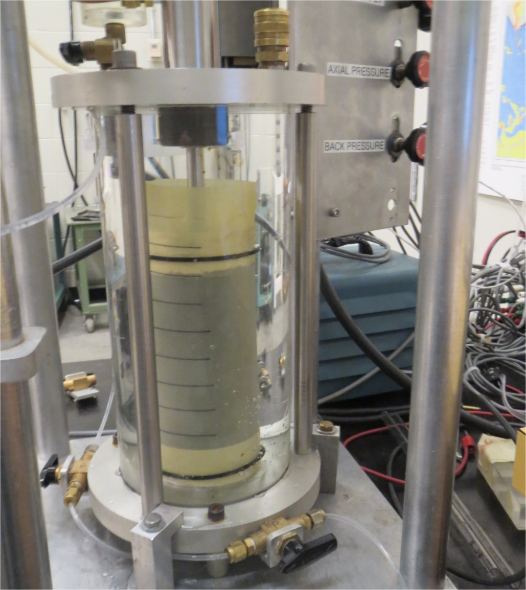
Accurate Simulation of Real-World Conditions
The triaxial test replicates actual stress conditions4 experienced by soil in the field. Unlike simpler tests, it allows control of confining pressure ((\sigma_3)), simulating different loading scenarios5.
Key Types of Triaxial Tests
- Unconsolidated Undrained (UU) Test – Quick test with no drainage, ideal for short-term stability analysis.
- Consolidated Undrained (CU) Test – Measures effective stress parameters while considering pore pressure effects.
- Consolidated Drained (CD) Test – Allows full drainage, representing long-term soil behavior.
Effect of Drainage Conditions on Soil Behavior
| Test Type | Drainage Allowed? | Key Strength Parameter Measured | Application |
|---|---|---|---|
| UU (Unconsolidated Undrained) | No | Undrained shear strength ((s_u)) | Short-term stability |
| CU (Consolidated Undrained) | Before loading | Effective stress parameters ((c’), (\phi’)) | Slopes, embankments |
| CD (Consolidated Drained) | Yes | Fully drained strength | Long-term stability |
By accurately simulating stress conditions, the triaxial test reduces risk in geotechnical designs.
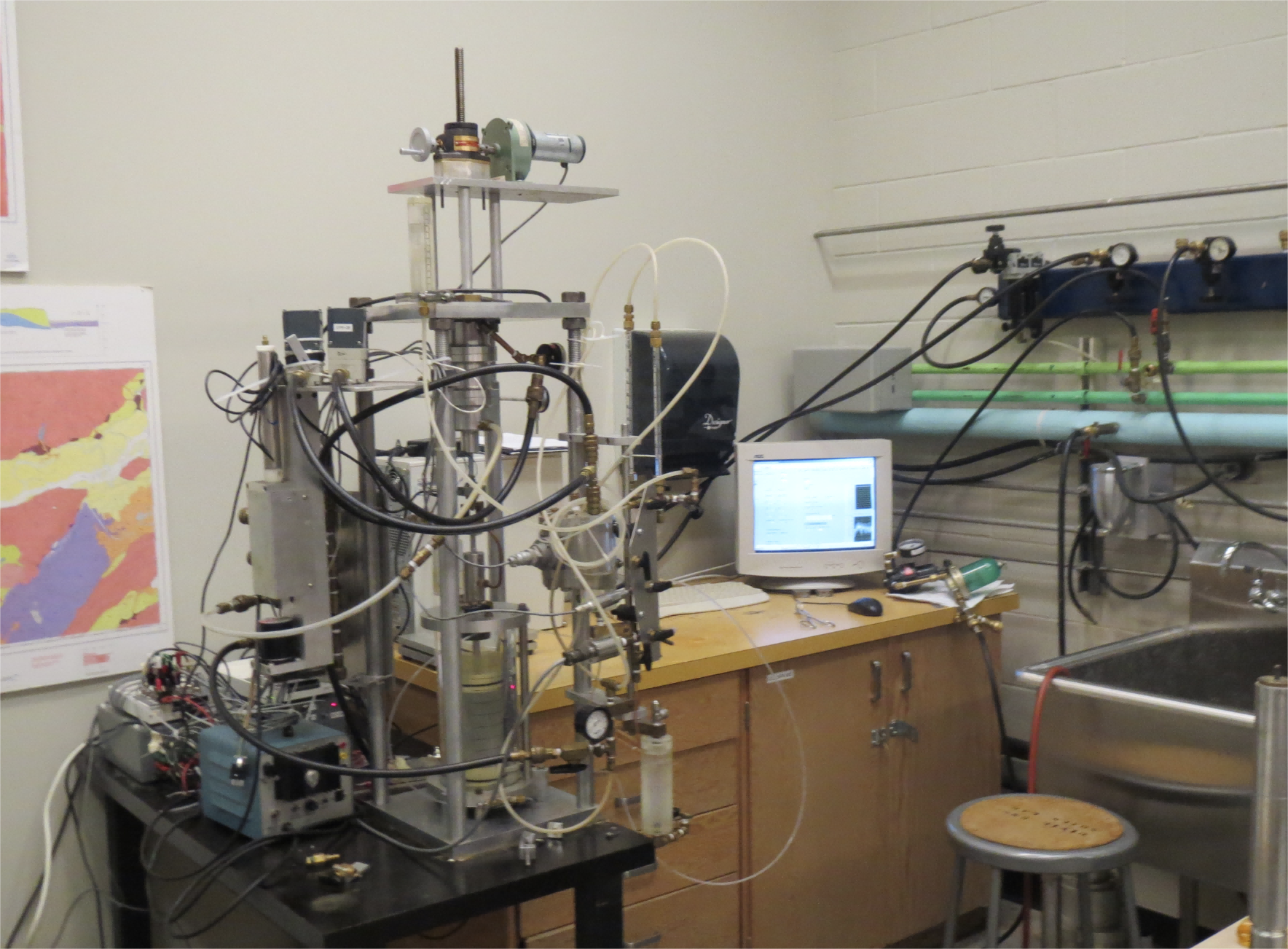
Predicting Settlement and Deformation
Excessive soil settlement can lead to foundation failures and structural damage. Triaxial testing helps predict:
- Elastic deformation (reversible changes in soil structure).
- Plastic deformation (permanent changes leading to failure).
- Pore water pressure build-up, which affects liquefaction risk in earthquakes.
Example: Settlement Prediction Using Triaxial Testing
A construction project on soft clay required predicting settlement under a 5-story building. Triaxial testing provided compressibility parameters, allowing engineers to estimate expected settlement and design an appropriate foundation system.
| Soil Type | Estimated Settlement (mm) | Risk Level |
|---|---|---|
| Dense Sand | < 10 | Low |
| Silty Clay | 20 – 50 | Moderate |
| Soft Clay | 50 – 100+ | High |
By using triaxial test data, engineers avoided foundation cracking and uneven settlements.
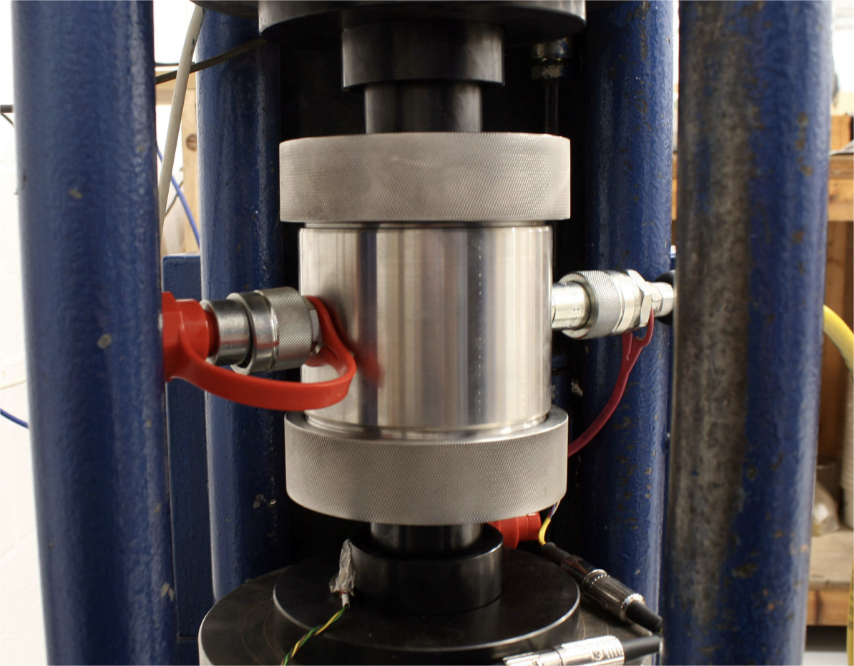
Guiding Foundation and Infrastructure Design
The triaxial test plays a crucial role in designing stable foundations and infrastructure6. Its results influence:
1. Foundation Design
- Determines bearing capacity7 to prevent excessive settlement.
- Helps select deep foundations (piles) vs. shallow foundations.
2. Slope Stability and Landslide Prevention
- Identifies shear strength8 for landslide risk assessment.
- Used in designing retaining walls and embankments.
3. Tunneling and Underground Construction
- Evaluates stress-strain behavior of soil for safe tunnel excavation.
- Supports lining system selection for underground stability.
Example: Triaxial Test in Retaining Wall Design
A highway retaining wall needed soil stability analysis. The triaxial test confirmed that stiff clay had a friction angle of 25°, requiring additional soil reinforcement to prevent failure.
| Structure | Triaxial Test Application |
|---|---|
| Foundations | Determines safe bearing capacity |
| Slopes & Embankments | Identifies potential landslide risks |
| Tunnels | Assesses ground deformation under load |
| Retaining Walls | Ensures lateral stability against soil pressure |
By integrating triaxial test data, infrastructure projects become safer and more cost-effective.

Conclusion
The triaxial test is essential for evaluating soil strength, stability, and deformation. It allows engineers to simulate real-world conditions, predict settlement, and optimize infrastructure design. By providing reliable geotechnical data, the test ensures safe and efficient construction, reducing the risk of foundation failures, landslides, and structural damage.
-
Understanding soil strength is crucial for ensuring the stability of structures under load. Explore this link for in-depth insights. ↩
-
Cohesion is a key factor in soil stability. Learn more about its role in soil mechanics and construction safety. ↩
-
The friction angle is vital for assessing soil resistance. Discover its significance in engineering and construction practices. ↩
-
Understanding actual stress conditions is crucial for accurate geotechnical analysis and design, ensuring safety and stability in construction projects. ↩
-
Learning about various loading scenarios helps in predicting soil response, which is essential for effective geotechnical design and risk management. ↩
-
Understanding the significance of stable foundations is essential for safe construction practices and infrastructure longevity. ↩
-
Exploring bearing capacity helps in understanding how to prevent excessive settlement and ensure structural integrity. ↩
-
Learning about shear strength is crucial for assessing landslide risks and ensuring the safety of slopes and embankments. ↩


